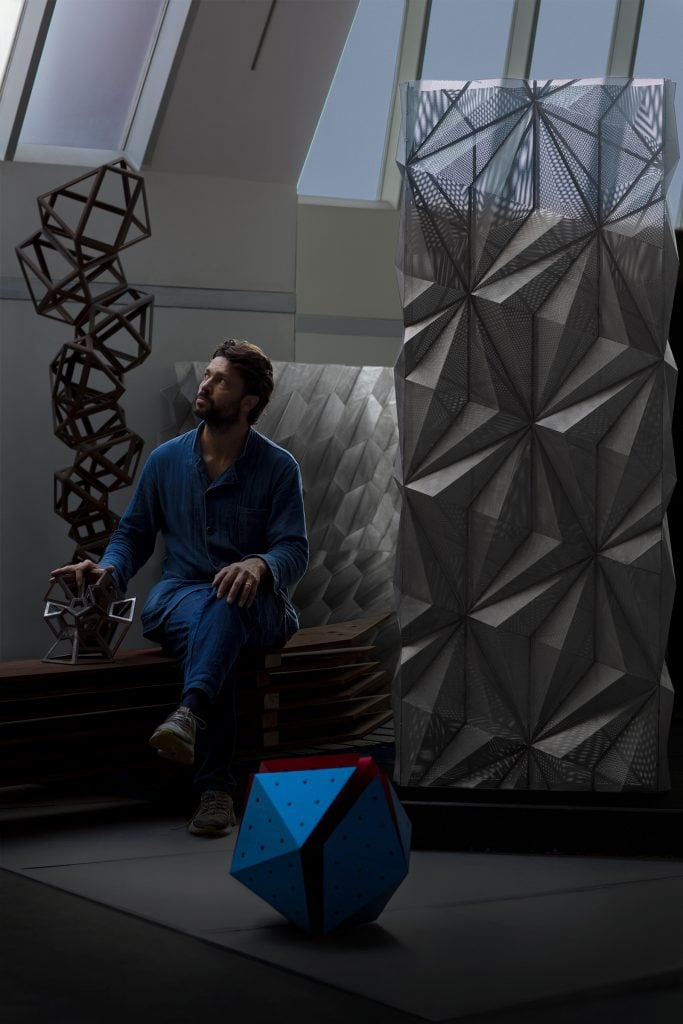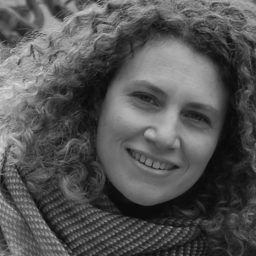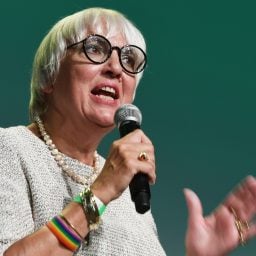As the art world elite descended on London and Paris’s art fairs this month, another reality loomed for many artists in Europe who are bracing for a tough winter ahead. Skyrocketing energy prices and general inflation are threatening households across the continent, including artists’ studio and material costs. Russia has choked supplies of natural gas on which Europe is heavily reliant. On top of the ripple effects of the lockdown of physical venues and events over the course of the pandemic, the cultural sector has been hard-hit.
Artists are not the only ones upset: when they threw a can of tomato soup on a Van Gogh painting at the National Gallery in London, young activists reminded the art world that “fuel is unaffordable to millions of cold, hungry families,” who “can’t even afford to heat a tin of soup.”
The upcoming season’s rising energy bills are going to affect vulnerable people, including artists who are often in precarious financial situations. “This is an announced, coming catastrophe with delayed effects,” said Zoë Claire Miller, Berlin-based artist and spokesperson for the city’s artist union, BBK Berlin.
In Germany, which is particularly dependent on Russian gas, citizens pay energy bills based on monthly estimates, making up the cost difference at the end of the year. “The time when heads will really roll is going to be next year,” said Miller. This waiting game has left people “scared, but mostly in denial,” noted Miller. “There’s no money we can save, so we’re hoping federal aid programs will buffer the costs, and I think there will be a lot of political unrest—there already is now.”
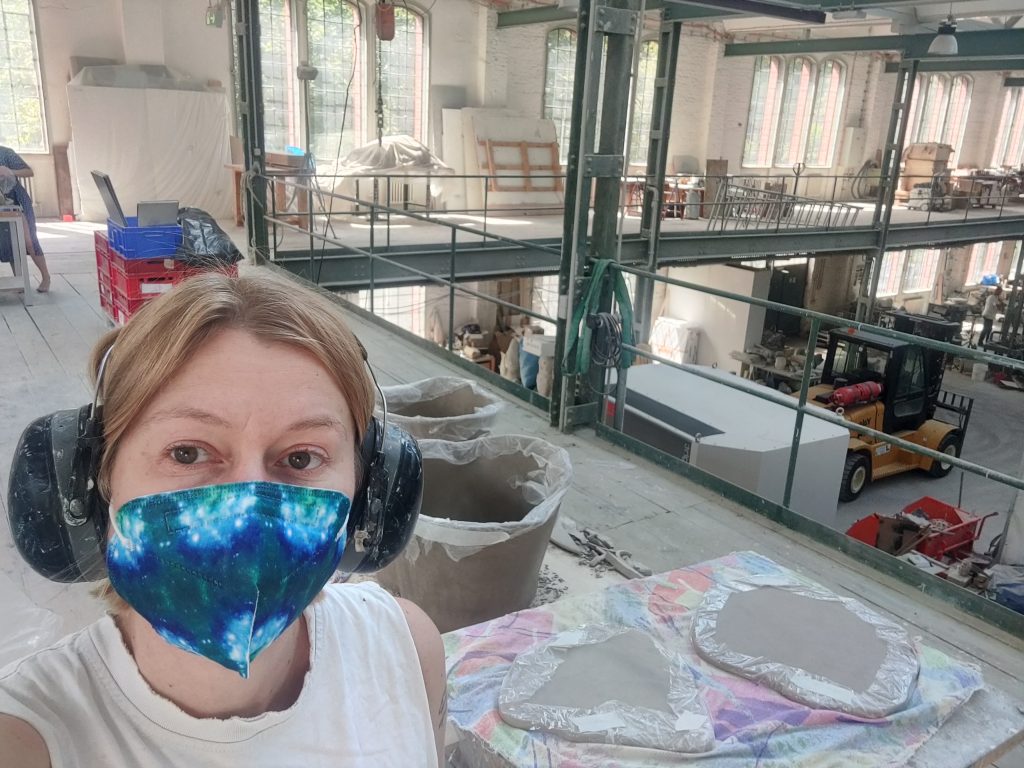
Berlin artist Zoe Claire Miller at the Berlin sculpture workshop of the city’s BBK (association of visual artists).
Government Stopgap Measures
Indeed, in France last week—as the art world arrived for the inaugural Paris+ by Art Basel—workers from the energy and transportation sectors were on strike, demanding higher wages to beat back the rising costs of living. France was quick to cap gas and other energy prices earlier this year, promising to do more next year, along with offering grants to lower-income households. However, the measures have not abated anger at social inequalities or the perception that the wealthy are the least impacted, and even, in some cases, benefiting from the current crisis.
E.U. officials met at a summit last week to hammer out an agreement on how to deal with energy costs. With deep divisions between nations, finding consensus has been no easy task, exemplified by German Chancellor Olaf Scholz’s controversial, go-it-alone €200 billion ($196 billion) financial aid pledge.
Claire Miller is skeptical of Scholz’s scheme and its effectiveness. With energy costs expected to rise anywhere from three to six or seven times their usual costs, she said the BBK Berlin plans to “fight for special subsidies for the arts, and in general, for anyone who will lose their home or workspace.”
Those concerns are not limited to Germany. “My gas bills have gone up nine times in the space of a month, which is very scary going into the winter period,” said U.K.-based artist Conrad Shawcross, who makes large geometric sculptures with metal, many of which are now on view in a survey at the Oxford Mathematical Institute. Even with some government help, he has to calculate environmental and financial costs of every part of his process and now uses electric heating and wears thermals. “It’s very frustrating that renewables are tethered to fossil fuels – this relationship needs to be broken,” said Shawcross.
Of course, the situation is not limited to just Europe: Marrakech-based artist Eric Van Hove said he felt the impact of effects of rising energy costs, especially given that his work is made with copper, brass, steel which have all spiked in price. Luckily, he has purchased a large stock at the start of the pandemic in anticipation of a temporary shortage. The artist is creating an electric moped with local craftsmen in Morocco, which will be shown at 1-54 art fair in Marrakech in February 2023. “The cost of energy will have a direct impact on that venture, already threatened by the rising cost of lithium,” he said.
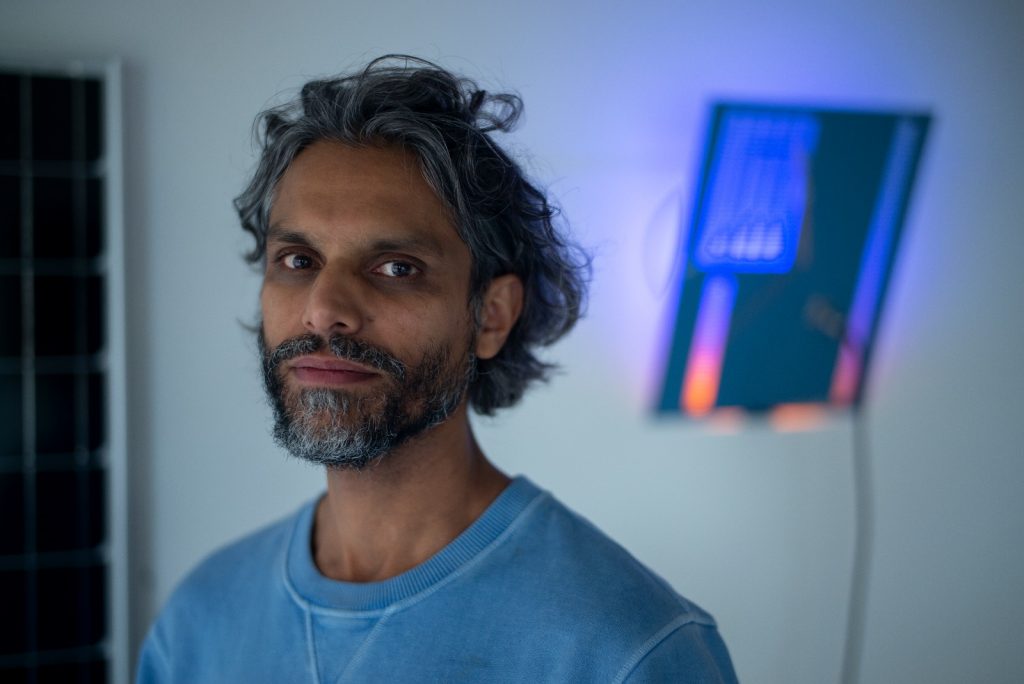
Haroon Mirza, 2021. Copyright David Bebber.
In a silver lining, the pandemic forced many artists to adapt to less energy-dependent and cost-heavy methods ahead of the latest crisis. The U.K. artist Haroon Mirza had already cut costs and energy expenditure by installing his work remotely. “This way of working was more influenced by the pandemic, but Covid-19 and the climate crisis are inextricably linked,” he said.
Aborted or postponed projects due to the pandemic has led to a “difficult financial situation,” Belgian artist Lieven De Boeck said, forcing him to rethink his work process. He now works slower and prepares small-scale models to save on materials. “The research model on-scale becomes the artwork,” he said. That is what he’s done for his performance piece including seven textile, wearable sculptures to be shown in Brussels next year.
“The pandemic years gave me enough time to actually take loans and do something about” concerns about the environment said Berlin artist Antje Majewski who has long addressed these issues in her anthropological works. With state-funded loans, she installed solar panels on her studio, which heat it and charge her car and computer. As a result, her production has not been impacted by the energy crisis. She also stocked painting materials to last until next year.
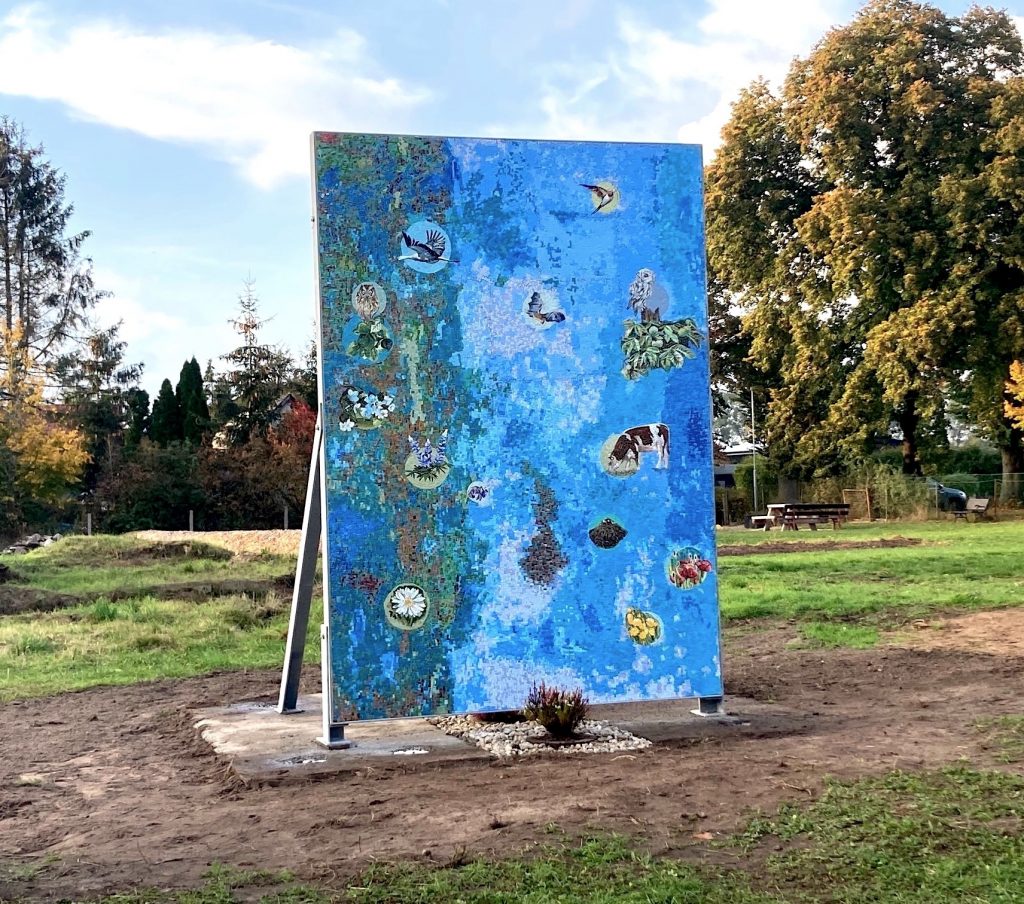
Antje Majewski, Tiere und Pflanzen aus Wietstock, 2022 © Antje Majewski / VG Bild-Kunst, Bonn. Courtesy the artist and neugerriemschneider, Berlin
Living costs in Majewski’s gas-heated, Berlin apartment, however, are another story. She said she has so far kept the heat off, and wears “a huge wool cardigan.” Lights are switched off whenever possible, and she takes fewer hot baths. Majewski received €300 ($300) from the German state to help with rising costs, and she said that she is also managing thanks to her job as a professor. Her current project, a “Garden Pavilion” in collaboration with The New Patrons and the inhabitants of a village in northeastern Germany, includes solar panels on a large mosaic work, whose energy will heat the village community center.
De Boeck, on the other hand, said he has received no financial help from his region in Belgium so far. “I just got the news that my demand for general subsidies will not be paid due to a lack of money … They keep cutting money for artists and culture in these difficult times.” Though E.U.-backed government subsidies for the energy crisis were announced this fall, many details are still to be determined, including who exactly will benefit.
The regional minister of culture for the state of Wallonia-Brussels, Bénédicte Linard, announced a €20 million ($20 million) package to support the cultural sector earlier this month, with a particular focus on cultural venues—there was little mention of individual artists and their studios. The ministry did not return Artnet’s requests for comment.
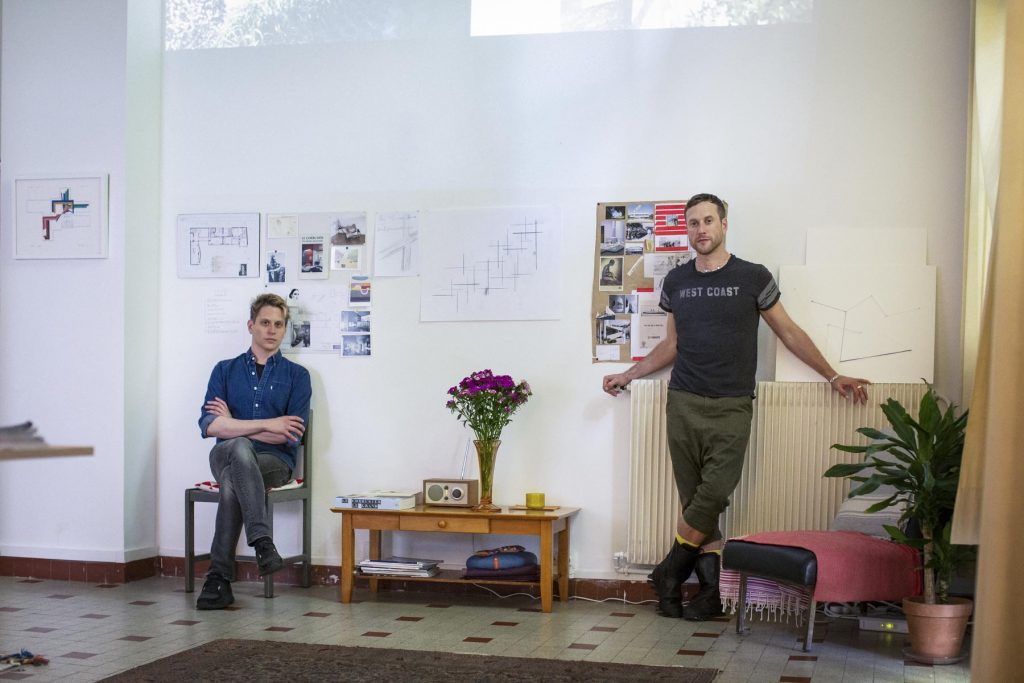
Duo Gerard & Kelly are among those artists saying the energy crisis has affected their practice. Credit: Cité internationale des arts and Maurine Tric.
This fall, the U.K. announced an Energy Bills Support Scheme for households and businesses, which discounts energy bills. It comes on the heels of the exceptional Culture Recovery Fund aimed to relieve the cultural sector from the effects of the pandemic. “The war in Ukraine and growing economic pressures is making life stressful for many in our sector,” said Arts Council England CEO, Dr Darren Henley in a public letter shared on October 12. He said that the council is monitoring the situation and surveying arts and cultural organizations to better understand “cost pressures.”
But time is ticking, and beneficiaries of government aid are still being determined in many cases. U.K. artist Polly Morgan said she has no extra support. “This year I am resigned to keeping [radiators] turned off,” she said, while she works on her First Plinth commission to be unveiled at the Royal Society of Sculptors in February 2023. Morgan uses multi-media materials to create her critically acclaimed sculptures, but she said that working in the cold affects the cure times of her cast models, and that she has to adjust as she goes. She’s also “perhaps less experimental with materials for now,” and has reduced the amount of collateral materials used in her work to a minimum.
In Paris, artist Brennan Gerard from the duo Gerard & Kelly, who have just begun collaborating with Marian Goodman Gallery, said the energy crisis affected their exhibition at the Carré d’Art museum in Nîmes, up until March 26, 2023. “Everyone has had to work harder to make [the show] possible,” said Gerard, concluding: “As a society, we have to collectively and urgently find solutions to our dependence on oligarchs and totalitarian governments for energy.”
